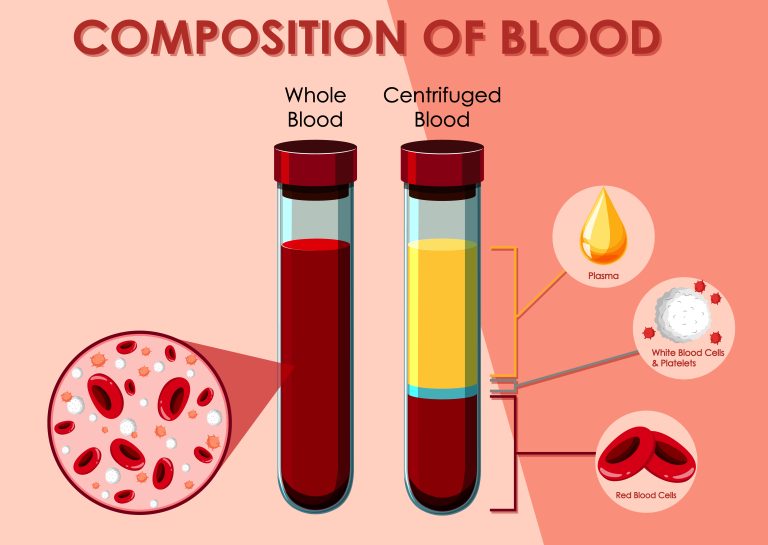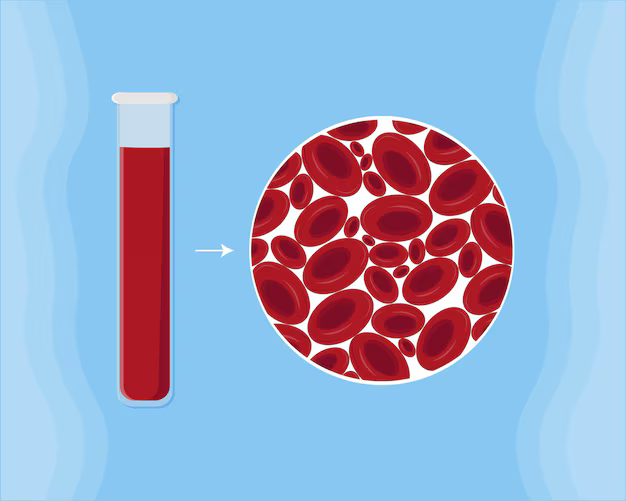Navigating Your Lipid Profile Test: A Step-By-Step Guide
February 27,2024

A Lipid Profile Test, commonly known as a Lipid Panel Test, is a fundamental diagnostic assessment that provides insights into your cholesterol levels. Understanding the basics of this test and learning its implications is pivotal for maintaining optimal heart health.
Normal Lipid Levels:
Before understanding the details, it’s essential to grasp the parameters of normal lipid levels. A healthy lipid profile includes balanced levels of cholesterol, triglycerides, and lipoproteins, contributing to overall cardiovascular well-being.
Normal lipid levels help gauge your heart health. Here’s the standardized normal range:
- Total Cholesterol: Less than 200 mg/dL is considered desirable.
- Low-Density Lipoprotein (LDL): Optimal is below 100 mg/dL; near 70 mg/dL is ideal for high-risk individuals.
- High-Density Lipoprotein (HDL): Higher than 40 mg/dL is better; ideally, it’s 60 mg/dL or more.
- Triglycerides: Less than 150 mg/dL is the goal.
Preparing for Your Lipid Profile Test
Preparation for a lipid profile blood test requires a few key considerations to ensure accurate results and a smooth experience. Here’s a guide to help you navigate the process:
Fasting Period: Ensure precise results by fasting for a minimum of 9-12 hours. During this period, you can drink water to stay hydrated.
Medication Considerations: Inform your healthcare provider about any medications or supplements you’re currently taking, as certain substances may influence test outcomes.
Hydration: Maintaining hydration is crucial, even during the fasting period, as it contributes to a more comfortable blood drawing experience.
Understanding Cholesterol
There is more of a difference between HDL and LDL cholesterol than just being called “good” and “bad” cholesterol.
HDL – The Good Cholesterol
High-Density Lipoprotein (HDL) is your heart’s ally, often known as the “good cholesterol.” It actively sweeps away excess cholesterol from your bloodstream, contributing to improved heart health. Aim for higher HDL levels as they play a vital role in maintaining cardiovascular well-being.
- HDL helps in clearing out the excess cholesterol, ensuring your arteries stay free and clear.
- Having higher levels of HDL is like giving your heart a boost, promoting overall cardiovascular well-being.
LDL – Managing the Not-So-Great
Low-Density Lipoprotein (LDL), often labelled as “bad cholesterol,” poses a risk when levels are elevated. This type of cholesterol can contribute to the formation of arterial plaque, making it crucial to manage and monitor LDL levels actively.
- Elevated LDL levels can lead to the build-up of arterial plaque, so keeping an eye on LDL is crucial.
- Actively managing and monitoring LDL levels is a preventive measure, crucial in maintaining a healthy cardiovascular system.
Conclusion
By adhering to these preparation steps and gaining insights into the significance of HDL and LDL levels, individuals can actively maintain and improve in their cardiovascular health. Regular lipid profile tests serve as proactive measures, facilitating early detection and intervention.








Leave a Reply